Diana, Twenty Years Later: Part Three
It was one of those moments that grab global attention in unforgettable ways. Like the assassination of JFK, the moon landing or the 9/11 attacks, everyone remembers where they were when they heard that Diana, Princess of Wales was no more.
But before we delve into the details of that tragic accident, I’d like to revisit Diana’s life and legacy, from the perspective of another recent tool we as astrologers have acquired: Black Holes and other Galactic Points.
These Deep Space powerhouses can be incredibly revealing of a life story and the impact one has on those around them, operating as a sort of astrologic shorthand that is beautiful in its simplicity. Black Holes are the remnants of collapsed stars, whose gravity is so intense that even light cannot escape them (hence the name), voraciously consuming all nearby matter and perhaps even tearing a hole in the fabric of timespace as we know it. Astrologically, they act as energy attractors, energy drainers, liminal guardians, reality warpers, and record-setters. Tending toward extremes, they can be powerfully destructive, but also incredibly creative. Quasars are the exploding origins of proto-galaxies, among the brightest and furthest objects in the universe. They cast a spotlight on whatever they touch, allowing the individual with connections to them to stand out in crowd, achieve success and recognition, to truly shine.
Diana was blessed and cursed with both. In her birth chart Diana sports a powerful Sun/Mercury conjunction, with Mercury retrograde at 3 Cancer, just past conjunction with the Black Hole at 4 Cancer, and the Sun at 9 Cancer, just past conjunction with the Quasar at 8 Cancer. For Diana, it was this Quasar brilliance which captivated the world, shining through her Sun, illuminating her deepest essence; it was her Black Hole Mercury that pulled us in, her power to communicate that attracted us like moths to the brilliant flame that was her life.
In the days following the tragedy of her death, many commented on this extraordinary gift: close friend singer Elton John stated that “She could connect with everybody, make everybody feel special. She talked through her eyes—they were the most incredibly expressive eyes you could ever imagine.” NBC’s Katie Couric, on the day of Diana’s funeral, noted that “She instinctively seemed to know what to say, what to do, to talk to these people and project an image of compassion,” while BBC commentator Lord Jeffrey Archer, former MP, had this to say: “She loved children, she loved grown-ups; she could talk to them and they could talk to her.”
But that Black Hole Mercury, great communicator though it can be, is a two-edged sword. More than anything, it was Diana’s involvement with the Mercury-ruled Media which made her, marred her, and made her again. Her volatile love-hate relationship with the Press was undoubtedly the most significant factor of her public existence. That Sun/Mercury conjunction, straddling as it did a Black Hole/Quasar polarity, drew the Media into her net, and they elevated her to the status of Super-Royal. Undeniably the most photographed woman in the world (Neptune in the natal chart is itself conjunct a Black Hole and trines the Sun/Mercury conjunction from 8 Scorpio), Diana has graced the covers of almost every conceivable magazine; within hours of her death, bookstores in major metropolitan areas had sold out of her biographies.
Amazingly, the Sun and Mercury were once again conjunct in the sky on the day of her death, also conjunct a pair of Black Holes, with Mercury (again retrograde!) at 8 Virgo, just past the Black Hole at 9 Virgo, and the Sun at 7 Virgo exactly conjunct another Black Hole. But the story doesn’t stop there. Black Hole Mercury dogged her public life from the start. Transit Mercury is connected to one of these Deep Space behemoths for the day of the marriage on July 29, 1981; when her separation from Charles was announced by British Prime Minister John Major on December 9, 1992; and for her announcement that she was retiring from public life on December 3, 1993.
Her statement then reads like a Mercury keyword list, a stunning exposition by the native herself of the effect this configuration has had in her life: “You [the public (Mercury)] have also given me an education (Mercury), by teaching (Mercury) me more about my life and living than any books (Mercury) or teachers (Mercury) could have done.” And she rounded out the statement with an indictment of the Press that had built her up only to knock her down again: “When I started my public life twelve years ago, I understood the Media might be interested in what I did. I realized then their attention would inevitably focus on both our private and public lives. But I was not aware of how overwhelming that attention would become, nor the extent to which it would affect both my public duties and my personal life in a manner that’s been hard to bear.” That sense of being overwhelmed stems straight form the maw of the insatiable Black Hole – once the Mercury-ruled Press had gotten hold of her, there was no letting go, and for a considerable period, Diana was at their mercy, unequipped to counter or redirect them away from what she felt was her private life, something they felt was public fodder.
Diana and the Press had a symbiotic, but fickle, relationship from the start. Recall one of the first widely distributed photos taken of “Shy Di”, in September 1980, when she was just another possible love interest of the Prince of Wales, a timid nursery school teacher. The photographer from the tabloid paper “The Sun” caught her backlit by the sun, which metaphorically sheared through her flimsy skirt to reveal the contours of her legs underneath. Diana, and the Royal Family, were mortified, but much worse was to come.
As the engagement was announced and hysteria grew for the marriage to follow, Diana was forced to move into Clarence House, the home of her future grandmother-in-law, the Queen Mother, to avoid the hordes of photographers who shadowed her every step. Privacy was already becoming an issue, and this extended to her children when they came along in due course. Diana was fiercely protective of them, and resentful of the Media’s obsession with their private lives, but by then she had become a commodity. To have the Princess of Wales on the cover of a daily paper or a magazine guaranteed boosted sales, and could make a fortune for the photographer lucky enough to capture an exclusive, candid shot. In these early days, Diana was a victim of the Press, and the public’s, interest, trapped within the gravitational thrall of her Black Hole Mercury.
But she grew, and learned. She became media-savvy, and manipulated the Press throughout the years of her marriage’s gradual breakdown, first by using friends as intermediaries to get her version of the facts across, as did Charles, in their struggle for popular support. Charles, already used to Media attention, quickly came to resent the withdrawal of their spotlight, and its focus on his naïve, more photogenic wife. Having to take a back seat to her in the Press became a sticking point in their marriage, another slight to be heaped on the growing pile of offenses between them.
The now infamous BBC interview with Martin Bashir, unsanctioned by Buckingham Palace and the Queen, which opened the last act of the marriage tragedy, came on November 20, 1995, with Diana’s revelations about bulimia, depression, and her own and Charles’ affairs, and saw transit Mercury not only in contact to a Black Hole, but also conjoined a Quasar. With typical Quasar brilliance and clarity, that interview unmistakably illumined the depth of her unhappiness and their incompatibility, and led directly to the Queen’s directive that they complete the rift between them with a divorce.
Transit Mercury was once again active with Black Holes when Diana agreed to getting the divorce, on February 28, 1996; when the terms of the roughly $25 million settlement were finalized on July 13, 1996 (at which point Mercury had returned to conjoin its placement in the marriage chart); and when the divorce became final on August 28th of that year.
But by then, as her marriage fell apart and she moved into a more solitary, self-actualized existence, Diana had become a master at manipulating the Media, no longer their unwitting pawn. She took that strength and power afforded by the Quasar’s constant illumination of her Sun, and focused it on the causes she wanted to showcase, the people she wanted to help, the charities she wanted to promote. She had the Press by the nose then, knowing they would follow where she led, whether to the bedside of dying AIDS patients, the plight of the homeless, or the proliferation of anti-personnel landmines.

Diana’s simple handshake with an AIDS patient helped dispel the stigma and hysteria surrounding the disease.
At a time when even healthcare workers were leery of contact with HIV-infected persons, she taught everyone, by example and in public statements, that it was OK to (literally) reach out and touch the lives of those who suffered from this then incurable and virtually untreatable disease. The photos of her ungloved hands clasped around the hands of AIDs sufferers did more to dispel public suspicion and hysteria of these victims than any number of reassurances by medical or government authorities. Her photographed walks through deadly mine fields in strife-riven third world countries raised awareness of a pervasive problem and helped involve others in working to find solutions.
It’s hard to imagine now what a profound effect Diana had on her world, and ours. She completely transformed the Royal Family’s image – positively at first, then negatively; then, through her children, positively again. Her eldest son William was the first heir to be born in a public hospital, not a royal residence, and Diana insisted on a “hands-on” style of mothering at total variance with what had come before in royal circles, where children were farmed out to nannies and boarding schools, and rarely interacted with their parents. Diana wanted to show them, not just museums and art galleries, palaces, yachts and race courses, but fast-food restaurants, amusement parks, shopping malls and homeless shelters. Her insistence on rejecting a loveless marriage, even to a Prince, empowered countless women to do the same, to determine that they were valuable enough to demand something better, something cherishing, something respectful and sustaining. Her forthrightness about her personal demons, her bulimia and depression, her suicide attempts, showed others that it was all right not to be perfect, and removed much of the stigma surrounding eating disorders and mental illness.
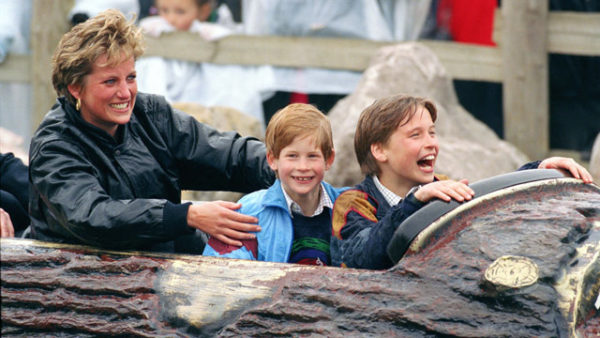
Diana insisted on giving her boys as much exposure to “normal” people and places as possible, as this amusement park outing attests.
Many bore testimony to Diana’s strange and addictive relationship with the Press. An ABC newsman on their special report, “Diana, The Royal Tragedy“, broadcast the night after the accident, commented that “It was her moxie and shrewd manipulation of the Press which, more than anything, elevated her status in the U.S.” Jane Pauley, anchoring MSNBC’s flashback coverage of Diana’s life on their newsmagazine “Time and Again“, stated that “The Princess knew how to take advantage of the [Media] spotlight that inevitably fell on her, using it to bring attention to the causes she cared about,” a sentiment echoed by Director General of the British Red Cross Michael Whitlam when he said, “She had an incredible gift to attract the Media and work with them so the message got to the people who needed to see it.”
It took years, but ultimately Diana learned how to skillfully blend the natural visibility of her Quasar Sun with the unquenchable curiosity of Black Hole Mercury, to benefit not just herself, but everyone she came into contact with. No longer just a beautiful face gazing from the glossy cover of a magazine, Diana found she could make a real difference.
It might have been expected, from all that came before, that the Press would play a role in her demise as well. And so it happened, on the night of August 30-31, 1997.
Earlier that summer, Diana had begun dating a Middle Eastern playboy, Dodi Fayed, son of a wealthy businessman, and the Media spotlight was intense. After a nine-day cruise off the French and Italian Riviera on one of his family’s yachts, Diana was due to return to Britain for a rendezvous with her children, but the couple decided to break the trip for a night in Paris on August 30th .
The plan had been to stay at the Hotel Ritz, owned by Fayed’s father, but the Media throng outside was so intrusive that the couple decided to send a decoy car from the front entrance, then double back and leave by the rear door for a nearby private apartment also owned by the Fayed family. The Hotel Ritz deputy head of security, Henri Paul, was instructed to drive them in a rented 1994 black Mercedes-Benz S280 limo to avoid the paparazzi.
Paul had been drinking, and later toxicology reports showed the presence of both anti-depressant and anti-psychotic medicines in his bloodstream. At about 12:20 AM local time (now August 31st) he drove off at high speed, with the Media giving chase, and in less than five minutes, lost control of the car in the Pont de l’Alma tunnel underpass. The vehicle hit a supporting pillar which spun it around and into the wall of the tunnel, causing severe damage to the front half of the car.
The Media, following behind, were first on the scene, and some rushed to the car to try to extricate the passengers; others stood by taking pictures. Fayed and the driver were later pronounced dead on the scene, but Diana lingered, and was heard to murmur “Oh my God” several times, as well as “Leave me alone”, after police arrived and began pushing back the Press.
Diana was removed from the car at about 1 AM, then suffered a cardiac arrest; she was resuscitated, put in an ambulance, left the scene at 1:41 AM and arrived at the Pitie Salpetriere Hospital at 2:06 AM. Her heart had been displaced to the right side of her chest, tearing the pulmonary vein and pericardium. After nearly two hours attempting to save her life, Diana died at 4:00 AM local time.
Ten hours later Prince Charles and two of Diana’s sisters arrived in Paris, leaving ninety minutes later with her body. By then, the entire world knew of her death, and mounting piles of floral memorials were beginning to show up outside her London residences.
I’m going to use the moment of the accident, 12:25 AM, as the most fateful of the times in the chronology of Diana’s death, but we’ll also take a look at the minor changes present when she actually breathed her last.
First of note is the Horizontal Axis; with a 17 Gemini Ascendant and 17 Sagittarius Descendant, this is almost an exact mirror image of the natal axis degrees of 18 Sag/Gemini. This shows a fundamental “reset”, the flip side, as it were, of her life. Rising on the Ascendant is asteroid Queen’s at 22 Gemini, squared by asteroid Anubis, named for the Egyptian god ruling funerary rites, at 23 Virgo, and asteroid Nemesis, self-undoing, at 29 Virgo.
As at birth, so at death, transit asteroid Diana is once again stationary! Turning direct on the day of her birth, Diana is now within two weeks of turning retrograde, at 12 Taurus. Incredibly, from that degree transit Diana opposes natal Diana at 15 Scorpio, as well as asteroid Paris, the city where she died, at 16 Scorpio. Not only that, but she is accompanied by asteroid Paul (for Henri Paul, the driver), also stationing, at 13 Taurus.
Transit Mars, representing the accident and violent death itself, falls at 10 Scorpio, conjunct natal Diana/Paris and opposing transit Diana, but also exactly opposed natal asteroid Icarus, representing rash, reckless actions heedless of the consequences, at 10 Taurus. This fateful contact doubtless influenced Diana in her choice of escape plans from the Ritz.
Jupiter at 14 Aquarius is cresting the Midheaven at 15 Aquarius, bringing fame, renown, publicity and the global spotlight once more to the Princess of Wales. But the interesting factor is the IC; at 15 Leo 15, the transit Moon is almost exactly conjunct, from 15 Leo 05, and both are exactly squared natal asteroid Diana at 15 Scorpio. This is a powerful moment in the daily cycle of the Moon, and here shows Diana, goddess of the Moon, at her lowest ebb. Also here is asteroid Dodo at 19 Leo, for Dodi Fayed, squaring natal Diana and forming a T-Square with transit Diana. Dodo’s square to Diana’s natal Icarus further reinforced the rash decisions which precipitated the disaster. In Diana’s natal chart, asteroid Dodo lies at 4 Taurus, squaring asteroid Carr (for “car”) at 5 Leo, and squaring Neptune (photographers, alcohol and drugs) at 8 Scorpio, forming a Grand Cross with Jupiter at 5 Aquarius. Again we see the intersection of fame and a foreign personage (both Jupiter) with the automobile (Carr), and the contributing factors.
Driver Henri Paul is seen again as asteroid Henry, the English equivalent of his name, which falls at 24 Taurus on the 23 Taurus IC of the birth chart, denoting a fundamental importance in the life (it also represents her second son, Prince Harry, whose given name is Henry). In the chart for the accident, asteroid Henry at 11 Virgo conjoins Mercury at 8 Virgo, which is again retrograde as at her birth, and rules cars and transportation generally. With Mercury is the Sun at 7 Virgo, and together these cluster about Diana’s natal Mars/Requiem/Pluto collection at 1, 5 and 6 Virgo, reinforcing the natal potential for a violent (Mars), long-remembered (Requiem) death (Pluto).
If finding the driver so tapped in to the accident chart impresses, how about the car itself? We already noted the natal placement of Carr; by transit Carr is at 9 Aries, exactly square Diana’s natal Sun, and inconjunct the Sun/Mercury conjunction of the day. But it’s also opposed by transit asteroid Mercedes, the make of the vehicle involved! At 11 Libra, Mercedes is conjunct transit asteroid Requiem at 7 Libra, named for the funeral mass for the dead, and forms a T-Square with Diana’s Sun, which itself is exactly conjunct asteroid Atropos, named for the mythic Greek Fate who severs the thread of life at death. Natally, Mercedes appears at 2 Sagittarius, squared natal Mars/Requiem/Pluto, establishing another key factor in that violent death potential. And where do you suppose transit Pluto was at the accident? Yup – right there at 2 Sagittarius, exactly conjunct natal Mercedes! And with transit Regina, Latin for “queen”, close beside at 3 Sagittarius. Of course, Diana was never queen, but she was meant to be, and the point still works as a surrogate for her (as does asteroid “Queen’s”, noted above to be on the Ascendant for the accident).
Additional transit points collude with the birth chart. There’s a string of them in the Ninth House, again emphasizing the “travel, foreign venue, away from home” theme, starting with transit Neptune at 27 Capricorn, exact on Diana’s natal Saturn (alcohol-related death); transit Uranus exactly conjunct natal Jupiter (an accident which becomes famous); and transit Jupiter exactly on natal Damocles at 14 Aquarius (a highly public, famed enactment of the doom hanging unseen overhead).
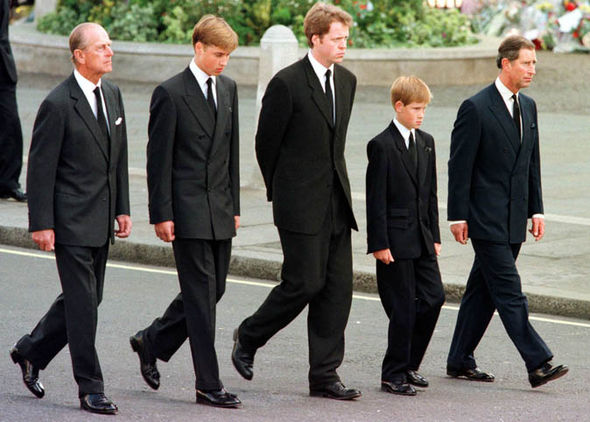
Diana’s male mourners; left to right: the Duke of Edinburgh, Prince William, Earl Spencer, Prince Harry, the Prince of Wales
Clustering with Mars at 10 Scorpio are asteroids Karma at 14, Rip at 19 and Icarus at 25 Scorpio – a violent accident (Mars) based in rash decisions (Icarus) which is somehow fated (Karma) and results in death (Rip). Consider also the pairing of asteroids Osiris and Paris at 11 and 14 Sagittarius, both conjunct the 17 Sagittarius Descendant (and Diana’s natal Ascendant at 18 Sagittarius), as well as squared the transit conjunction of the Sun and Mercury at 7 and 8 Virgo – a death (Osiris) in the City of Light (Paris), involving a car (Mercury), which forever changes how others view Diana (her Ascendant) and her relationship with them (transit Descendant), and becomes a focus of the day (Sun).
How about the paparazzi? Transit Photographica, for photographers and the images they capture, lies at 1 Leo, conjunct transit Lachesis, named for the Greek Fate who determines the span of life, at 28 Cancer, and opposing transit Damocles at 6 Aquarius. Photographica and Lachesis also oppose Diana’s natal Saturn and transit Neptune, both at 27 Capricorn. Natally, asteroid Photographica at 21 Cancer closely squares the 23 Libra Midheaven and is exactly semisquare natal Pluto at 6 Virgo, indicating the role the Media would have in establishing Diana’s reputation and global standing (MC), as well as the part they played in her death (Pluto). Transit Saturn at 19 Aries was squaring natal Photographica for the accident.
By the time Diana’s life finally ebbed away at 4 AM local time, the angles had shifted, bringing 3 Leo to the Ascendant, which highlights the paparazzi’s involvement, via Photographica at 1 Leo, as well as the vehicle, with natal Carr at 5 Leo. The MC has shifted to 12 Aries, highlighting transit asteroid Carr at 9 Aries and squaring Diana’s natal Sun/Atropos.
As the news of her death flashed across the world, the immensity of the outpouring of grief was overwhelming. The masses upon masses of floral tributes and other offerings left outside Buckingham Palace, her own homes at St. James and Kensington Palaces, and other venues was staggering in its breadth and scope. At the clean-up after the funeral, London officials estimated that between 10 and 15 billion tons of bouquets, including more than 60 million individual flowers, had been left.
What explains this intense grieving, astrologically? Hylonome, a centaur body noted for its connection with grief generally, appears at 1 Gemini in Diana’s birth chart, forming a T-Square with Mercedes at 2 Sagittarius and Mars//Requiem/Pluto at 1, 5 and 6 Virgo. This pattern was reinforced by that transit Regina/Pluto combination at 2 and 3 Sagittarius for the accident. At the funeral, Hylonome appears at 14 Libra, squared Diana’s natal Sun, and conjoined the 12 Libra Ascendant for the ceremony.
Diana’s funeral on September 6, 1997, drew a global audience of more than two billion, making it one of the most-watched events in human history. Begun at 9:08 AM local time in London, the chart sports a 12 Libra/Aries Horizontal Axis, which repeats the MC/IC axis for the moment of her death exactly. Also on the Ascendant are asteroids Requiem at 10 Libra and Williams, representing her eldest son Prince William, at 3 Libra. Asteroid Graves at 11 Cancer conjoins the 15 Cancer Midheaven, establishing the funeral theme; conjunct Diana’s natal Sun at 9 Cancer identifies whose funeral is being held. Transit asteroid Grieve at 4 Gemini conjoins natal Hylonome and activates that natal T-Square. Asteroids Carol and Henry, for ex-husband Prince Charles and son Prince Harry, are also prominent; both at 14 Virgo, they conjoin the 13 Virgo Sun.
Transit asteroid Diana is stationary retrograde at 13 Taurus in the Eight House of death, and exactly squares transit Jupiter at 13 Aquarius, bringing publicity and renown to the Princes of Wales one last time. Diana is also at the Apex of a Yod, or Finger of Destiny, with inconjunct aspects to transit Osiris at 12 Sagittarius and Hylonome at 14 Libra. Transit asteroid Spencer at 1 Virgo conjoins asteroid London, the venue for the funeral, at 28 Leo, and exactly conjoins Diana’s natal Mars. Transit asteroid Rip at 20 Scorpio still conjoins natal Diana and Paris, at 15 and 16 Scorpio, linking Diana and the city where she died.
Lastly, transit Venus had come to exactly conjoin Diana’s natal Midheaven at 23 Libra, urging the flood of love and adoration from those who idolized and esteemed her, across the globe.
A remarkable ending to a remarkable life. But did we really know Diana? Was she image or substance? Who can tell, in this era of Media manipulation? Perhaps NBC’s “Dateline” reporter Dennis Murphy said it best when he stated, after her funeral, “So now we have only the images. When we think of [Diana] we will probably think of that gallery of still photos.”
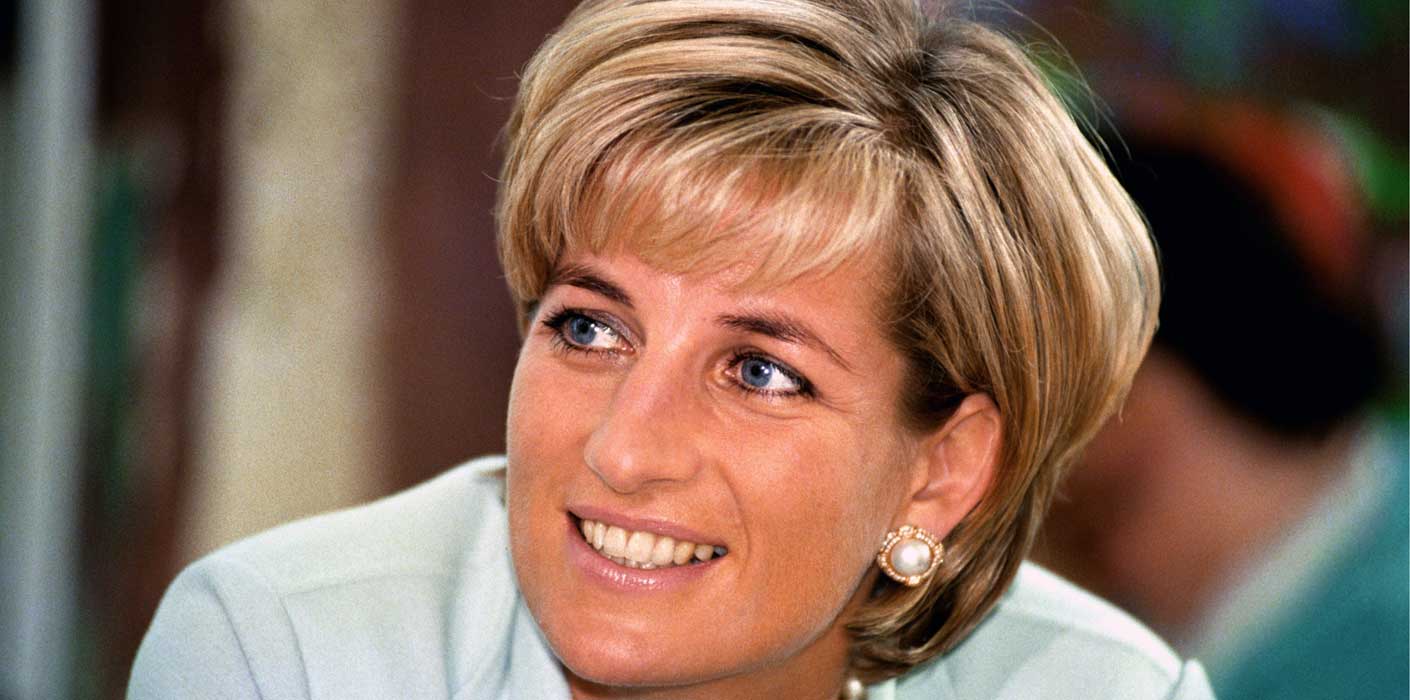

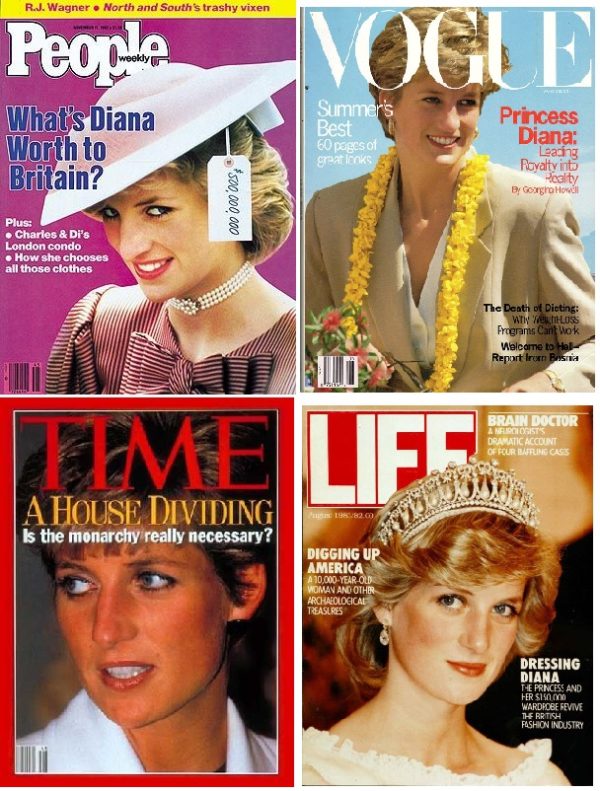

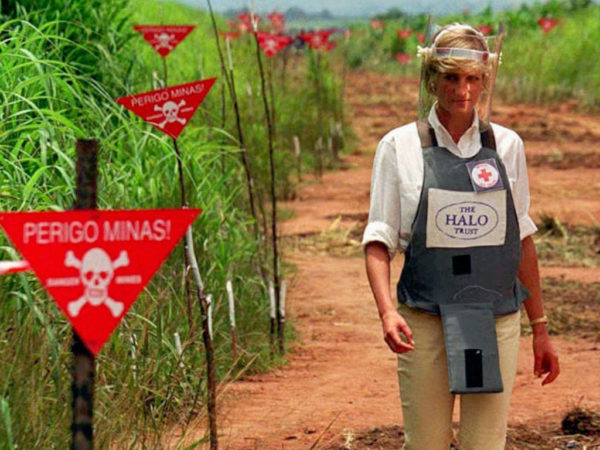






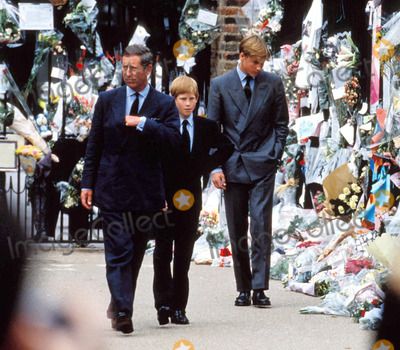
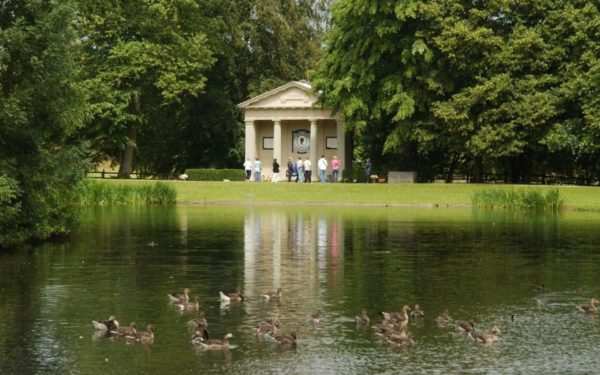
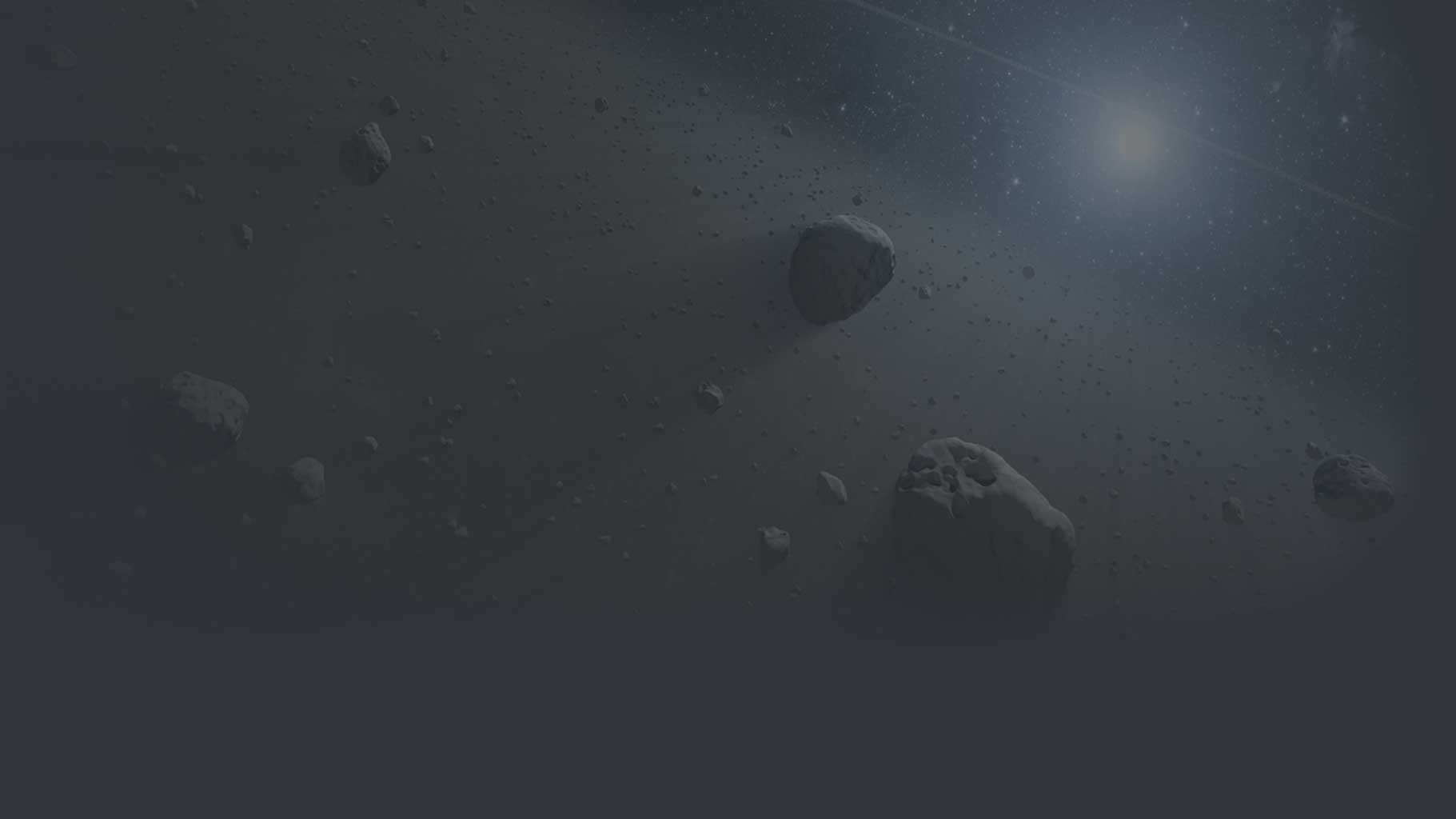
2 comments, add yours.
Pamela Jones
A very interesting and thought provoking read. Thank you 🙂
Laurien
Thank you for this wonderful 3-part series on Diana. I still remember my shock and disbelief when she died–it didn’t seem possible that a beautiful Princess could die in such a horrible manner. I still find it archetypally meaningful that Mother Teresa died about a week later since both women were known for their compassion. The meaningful placements of PNA’s in natal and event charts never ceases to amaze me, and it did again in this article. Keep up your insightful work!